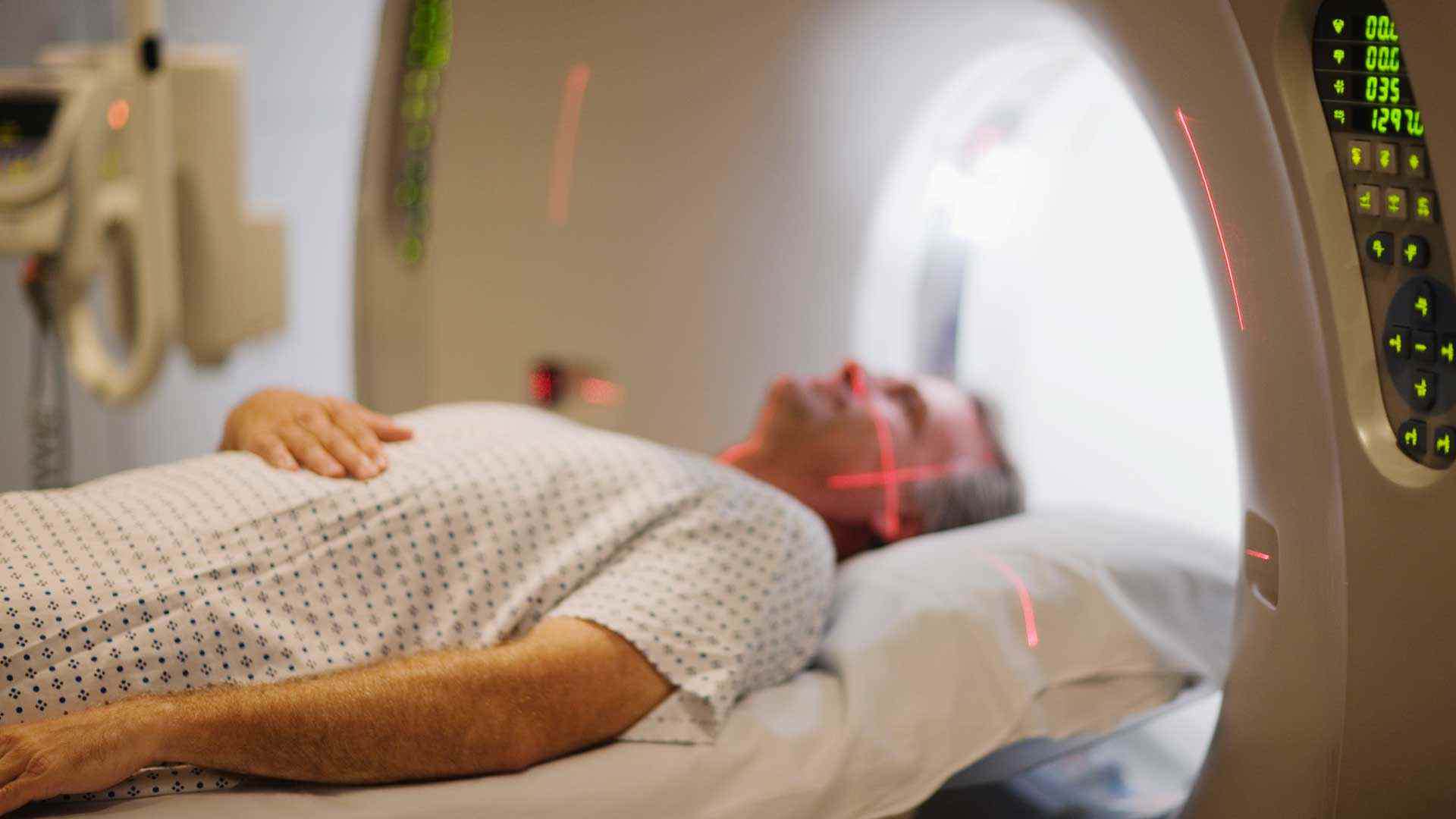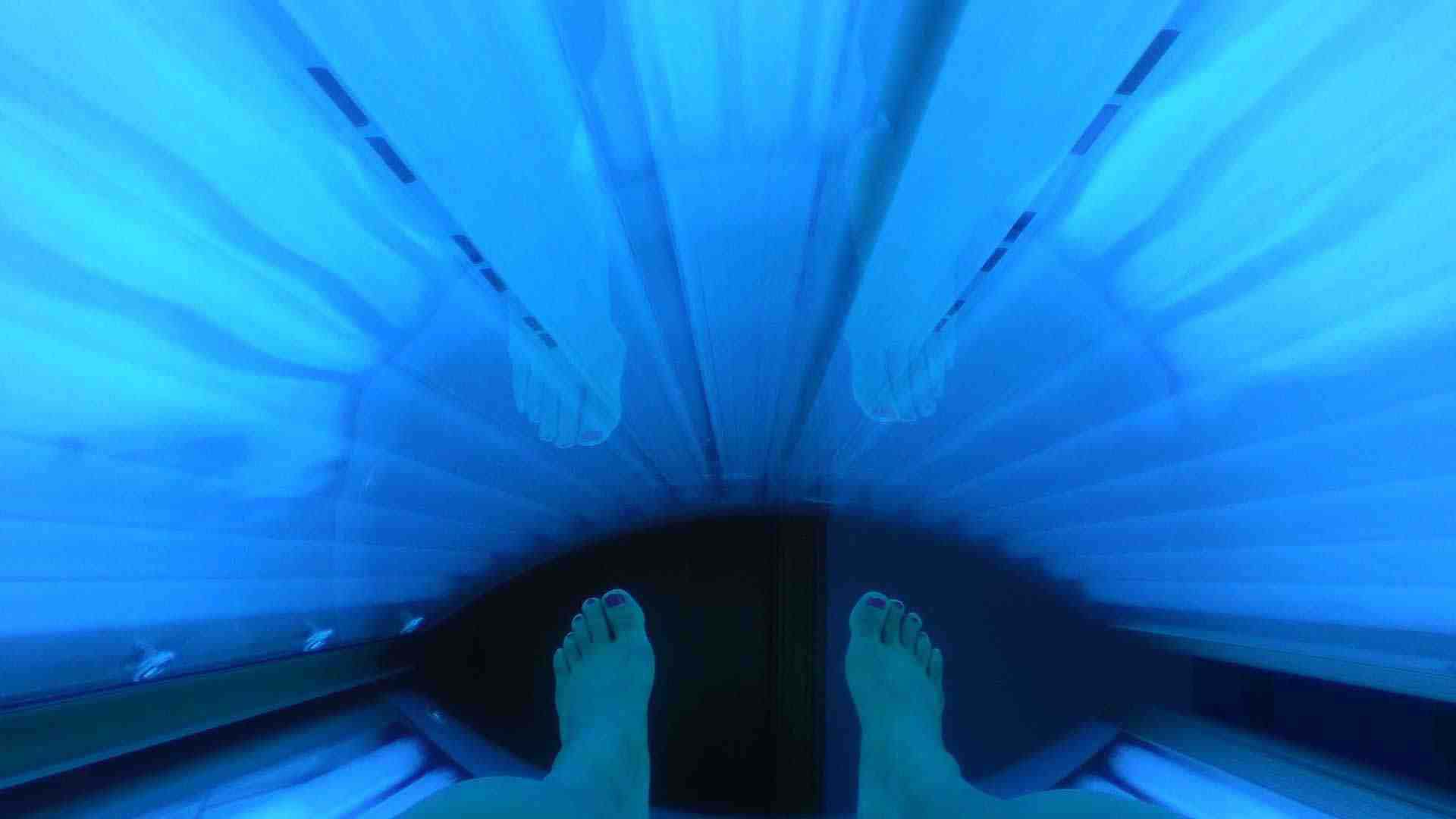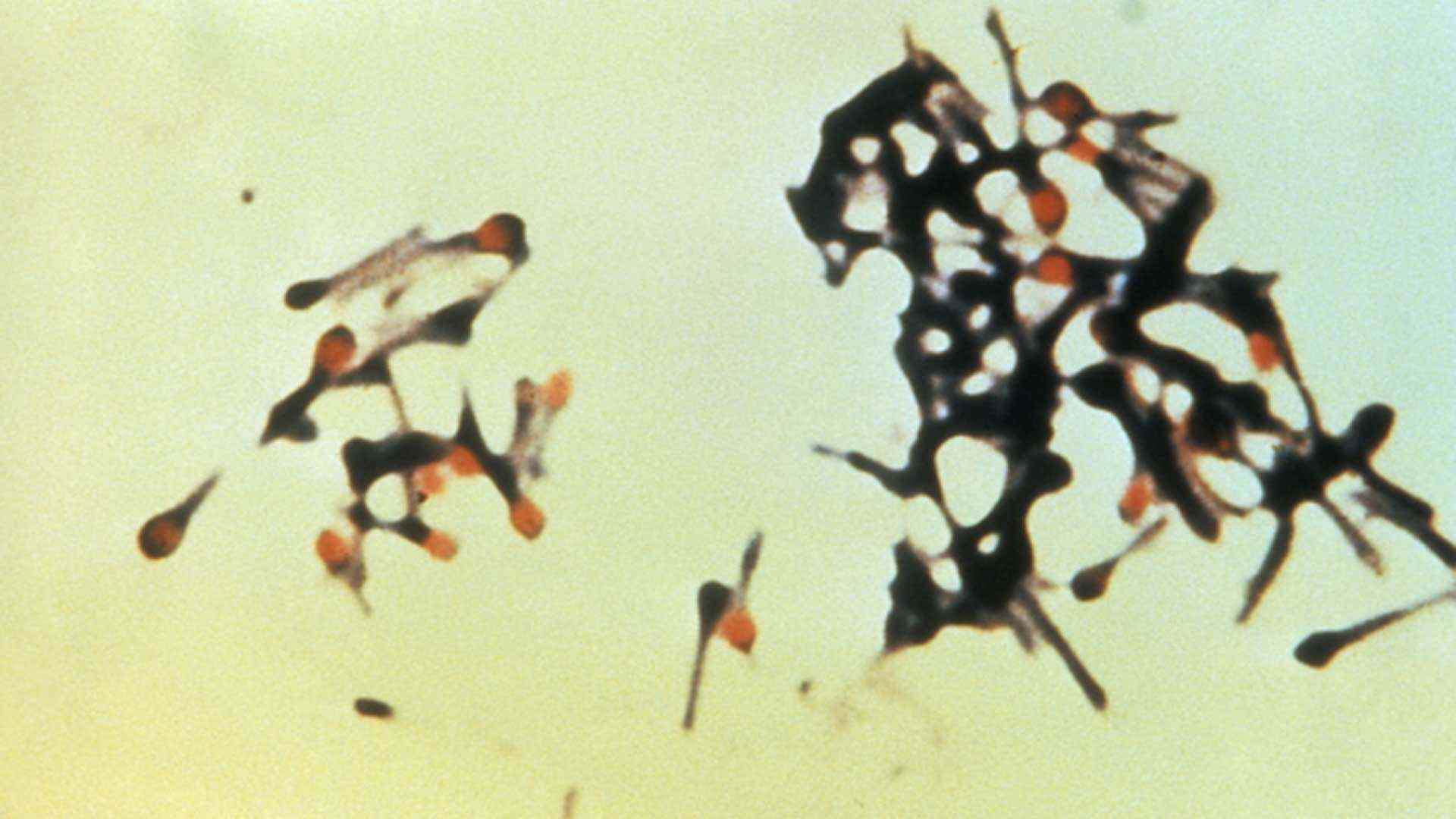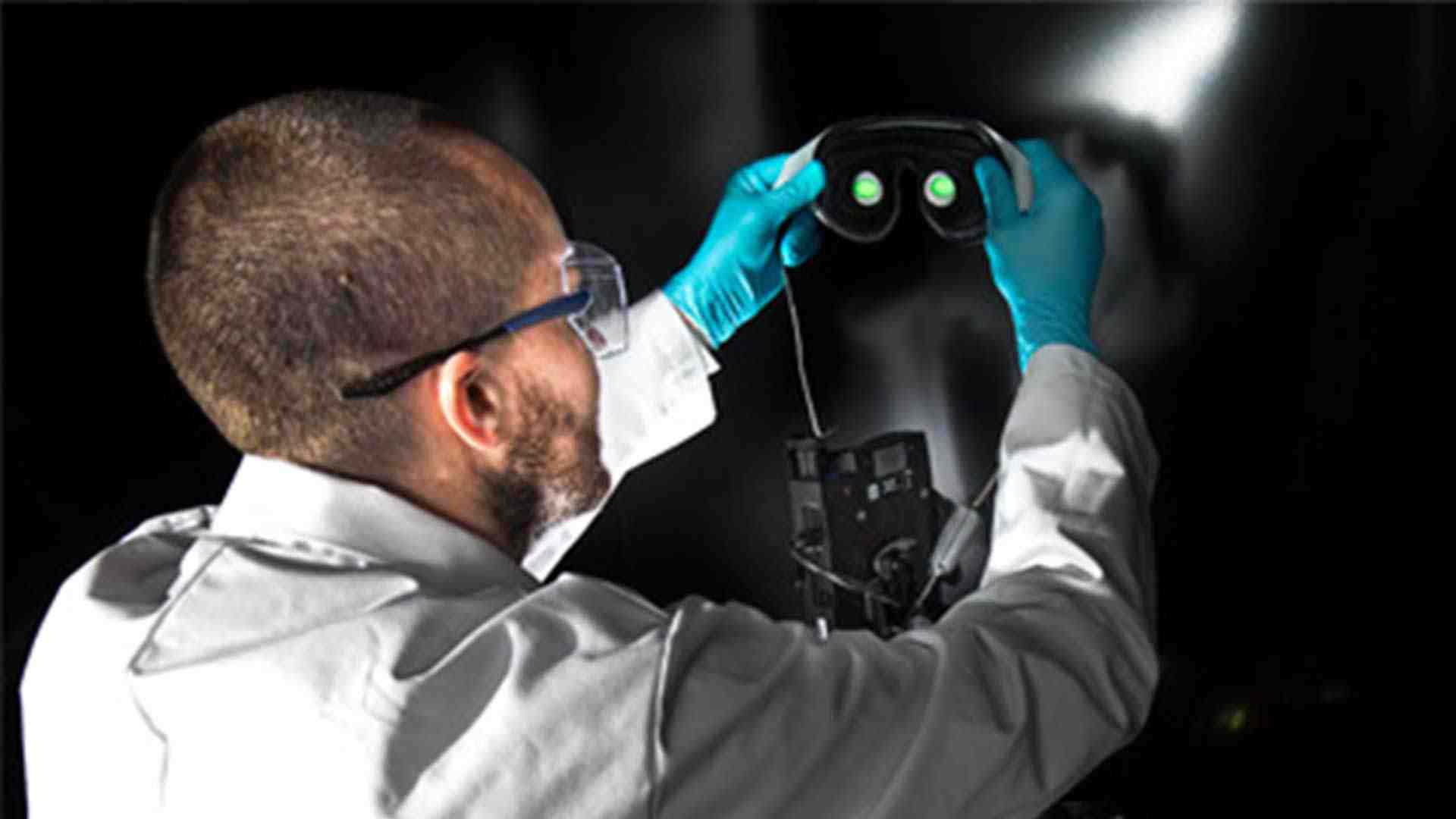Light & Healthcare: Photonics Helps the Healing Process
How photonic light therapies offer a wide range of diagnostic and treatment options that could solve many healthcare challenges

Director of Marketing Communications

Parents often tell their children to get off their phones, turn off their TVs, and put away their gaming consoles in favour of stepping outdoors for some sunshine. Light has long been considered a source of healing and a major contributor to a healthy lifestyle. At CPI, we completely agree, which is why we are gearing up to launch the National Centre for Healthcare Photonics.
Light therapies offer a wide range of diagnostic and treatment options including a range of new phototherapies as well as bio-medical imaging and in vitro diagnostics. This area offers huge potential for the UK and the global healthcare sector. Applications are wide ranging from wound, skin and cancer care to niche applications in neurology and ophthalmology. Research and development in this area is introducing non-invasive therapies that improve quality of life and reduce our dependence on the NHS.
According to Kettering University, less than 20% of the potential applications for photonics (also called biophotonics when related to health care) have been addressed by the scientific community. Global businesses — from SMEs to major corporations — have somewhat neglected this field, which not only means missed opportunities but also decelerated development in an area that could make a tremendous difference in the lives of people who suffer from disease.
This means that businesses can take advantage of the untapped corner of the photonics marketplace. It also suggests that CPI will have plenty of opportunities to put the new centre to use.

In the healthcare industry, photonics is concerned with harnessing and directing light (photons) in the diagnosis and treatment of people and animals. While this might seem like a new age phenomenon, certain types of photonics have been in use for decades. The two most widely-recognised applications are:
- Imaging: The use of light and radiant energy to create accurate and detailed images of the inside of the human body. MRI (magnetic resonant imaging), for instance, helps medical professionals visualise soft tissue, such as muscles, ligaments, and organs. Meanwhile, X‑rays create images of bones and other dense structures within the body.
- Laser therapies: Lasers have been used to correct vision, remove tattoos, and inhibit hair growth. There are numerous other potential applications as lasers work well for targeting soft tissues and for isolating tissues with high levels of water content.
It’s true that surgeons can still perform procedures with the standard scalpel. However, laser techniques and other photonic surgery options remove potential hazards in the operating room, create more precise results, and allow for faster healing during the post-operative phase.
Additionally, most imaging processes wouldn’t be possible without photonics. Without MRIs, CTs, X‑rays, and other imaging equipment, doctors would have to perform exploratory surgery to diagnose their patients. In addition to being cost-prohibitive, such surgeries would place the patient at high risk of infection and other complications that imaging technology invalidates.
Since light is a form of energy, it’s useful in a wide variety of applications in the medical field. More importantly, many people discount the power of light because the visible spectrum (e.g. “white light”) is only a small subset of the electromagnetic spectrum.

One of the most exciting fields of photonics is the use of phototherapy to heal tissue. For instance, the UK’s Psoriasis Association is already using ultraviolet light therapy to treat psoriasis. People who suffer from this skin disease often experience improvements after they spend time in the sun, but mere sun exposure takes time and offers inconsistent results. For instance, skin improvements might depend on the presence of natural diffusers like clouds, fog, and air pollution.
Ultraviolet light therapy, by contrast, offers concentrated and immediate results. People who suffer from psoriasis benefit from exposure to UVA and UVB lights because ultraviolet light reduces inflammation. With continued exposure, symptoms decrease and the patient experiences relief. Other inflammatory skin conditions, such as acne and eczema, also react to photonics.
Near infrared (NIR) light has generated significant buzz in the medical community for healing tissue. Its purpose is to target the mitochondria within organic cells. Mitochondria are responsible for generating energy in human tissue, and NIR light can stimulate the electrons within the mitochondria, which promotes healing.

UK clinicians have discovered that NIR light therapy reduces pain in extremely brief periods of time. Patients who have suffered from chronic pain for years and who experience no relief from topical or oral medications can leave a NIR light session with no more pain.
Additionally, NIR light therapy can target damaged or diseased tissues in a multitude of conditions, including fibromyalgia, Bell’s palsy, diabetic neuropathy, tendonitis, and carpal tunnel syndrome. It’s also proved effective for targeting injuries, such as whiplash and sports injuries.
Wound healing is also an important target for scientists, physicians, and academics who study photonics. NIR and red light, in particular, prove effective for wound healing because blood, water, and other substances can be blocked by wavelengths on the opposite end of the light spectrum. When a medical professional directs the light on a wound, the photonic energy is transferred to the injured tissues, which can then heal at an accelerated rate.
Light therapy offers a host of benefits, including:
- Regeneration: Cells can regenerate faster thanks to the imparted energy from the light source.
- Strength: Many patients exit light therapy with stronger immune systems.
- Relaxation: Light therapy can loosen and relax tense muscles and tendons.
- Circulation: Photonics can improve and facilitate blood flow.
Even more importantly, it doesn’t come with any side effects. Drugs can cause a wide range of negative consequences in patients, which makes them dangerous and far less effective than photonics.
As mentioned above, red and NIR light can stimulate cell regeneration and promote healing, but the blue end of the light spectrum is also interesting. It is an effective way to reduce bacterial growth in wounds and in the tissues of the body.
Certain wavelengths (the shorter, the better) of blue light can destroy even the strongest of bacteria, including MRSA. Scientists do not know exactly how this process works, but many theorise that the light works on the photosensitive qualities of bacteria, which generates free radicals that attack bacteria particles.
Unfortunately, antibacterial resistance (and, more generally, antimicrobial resistance) is increasing rapidly in the UK and in other populations. As people consume more antibiotics and use more antibacterial products, bacteria gain the upper hand because it becomes resistant to those products. Antibacterial resistance can lead to prolonged illness and even death because physicians aren’t able to irradiate the harmful microorganism from the tissues. If even a single bacterium remains, it can repopulate the tissues and cause repeated illness.

Even more concerning, the human immune system isn’t always as strong as it should be. This is why diseases like HIV and AIDS cause death — the immune system can’t fight off the virus, which leads to secondary infections that eventually kill the infected individual.
However, antimicrobial resistance doesn’t apply for blue light therapy. The challenge for scientists and researchers in this field is creating light sources that can penetrate far enough into human tissues to completely destroy all bacterial activity. Shorter wavelengths of light can only reach the surface of a wound, for instance. Physicians worry that creating higher doses (concentrations) of light therapy could destroy healthy cells as well as the diseased ones.
Additionally, many bacterial infections occur inside the body rather than on the surface. Blue light therapy isn’t effective for those diseases because the wavelengths can’t penetrate the skin and soft tissues far enough.
Light therapy is poised to transform the process of caring for and treating several different types of skin conditions. CPI has already started this revolution, partnering with PolyPhotonix to create wearable light-therapy blankets that can help reduce the symptoms of various skin conditions, such as psoriasis, acne, and jaundice. Each blanket contains printed, flexible OLEDs and is considered a “smart device” because it can accept and transmit data about the use of the blanket and the patients reaction to its use.
Light-therapy blankets aren’t just revolutionary because of their use of OLEDs and printable electronics. It’s also a passive therapy option that does not cause pain or discomfort in the user. Most innovative health care solutions replace existing treatment options that are often considered invasive or uncomfortable.

Photonics also offer exciting applications in the surgical field, specifically with regard to tissue welding. Modern medicine has introduced plenty of ways to improve the safety and efficacy of intricate surgical procedures, but photonics offers an even safer way to repair damaged tissue and to re-seal tissues that surgeons cut during procedures.
Scientists have already studied the application of photonics when welding aortic tissues during heart surgery. NIR lasers operating at wavelengths of 1430 to 1470 nm were able to successfully re-join tissues of both human and porcine origin. Encouragingly, the procedure does not seem to reduce elasticity of the tissue or put the tissue at risk for future decomposition.
Even as far back as 2010, researchers at Tel Aviv University in Israel began to study the use of photonics for closing surgical wounds. The scientists and clinicians discovered that laser-welded tissue left less of a scar and healed faster than wounds closed with traditional sutures. Often called “tissue soldering,” this process works similarly to the soldering of metals in manufacturing. It creates an elastic bond between tissues that would otherwise require staples or stitches to bond.
Tissues automatically knit together after they have been injured — you’ve seen that when you receive a small injury, such as a paper cut or skinned knee. However, the natural process takes far too long in terms of serious wounds like those created during surgery. Photonics speeds up the process and create positive long-term results.
Additionally, it can vastly reduce the expenses related to surgical procedures and post-operative treatment. Patients have to return to their physicians less frequently for monitoring and intervention, and they have less potential for developing bacterial and viral infections. Since all surgeries present at least a small degree of risk, photonics can revolutionise the way physicians approach their surgical intervention policies.
Instead of spending decades on R&D, PolyPhotonix — a firm that specialises in bio photonic research and development — has managed to conceive, prototype, and commercialise a revolutionary product that treats diabetic retinopathy in just seven years.
Specifically, the Noctura® 400 sleep mask allows patients to receive light therapy while they sleep. The device transmits data back to the patient’s physician and allows the doctor or other clinician to monitor its use in real time. Recent clinical trials reveal that the Noctura® 400 sleep mask can reverse diabetic retinopathy after as few as six months of use.
Innovation means finding new ways to use existing resources. PolyPhotonix have fulfilled that definition and more by creating products that improve people’s quality of life and provide new ways to treat disease. Furthermore, forecasts indicate that this light therapy can save the NHS upwards of £1 billion in terms of eye-disease treatment.

While scientists and researchers have made great strides in advancing the application of photonics in the healthcare industry, there is still plenty of work to be done.
CPI is opening a new National Centre for Healthcare Photonics based at NETPark, County Durham in 2018. The centre will provide open access facilities and expertise to help companies of all sizes to develop their photonics based technologies for healthcare and turn them into commercially viable products. CPI has received initial support from the North East Local Economic Partnership to establish the centre.
At CPI, we intend to explore new ways to apply photonics in the healthcare sector by creating the infrastructure and capability to address a number of major barriers. Partnerships and collaboration will be core of our activities.
Photonics research requires significant levels of financial investment and equipment acquisition. A national innovation centre will enable SMEs, academia and industry to accelerate the commercialisation of new photonic healthcare products benefiting patients, providers and manufacturers.
Enjoyed this article? Keep reading more expert insights...
CPI ensures that great inventions gets the best opportunity to become a successfully marketed product or process. We provide industry-relevant expertise and assets, supporting proof of concept and scale up services for the development of your innovative products and processes.